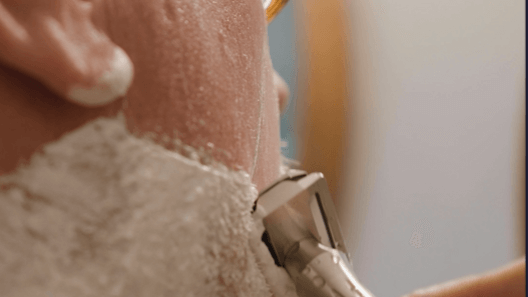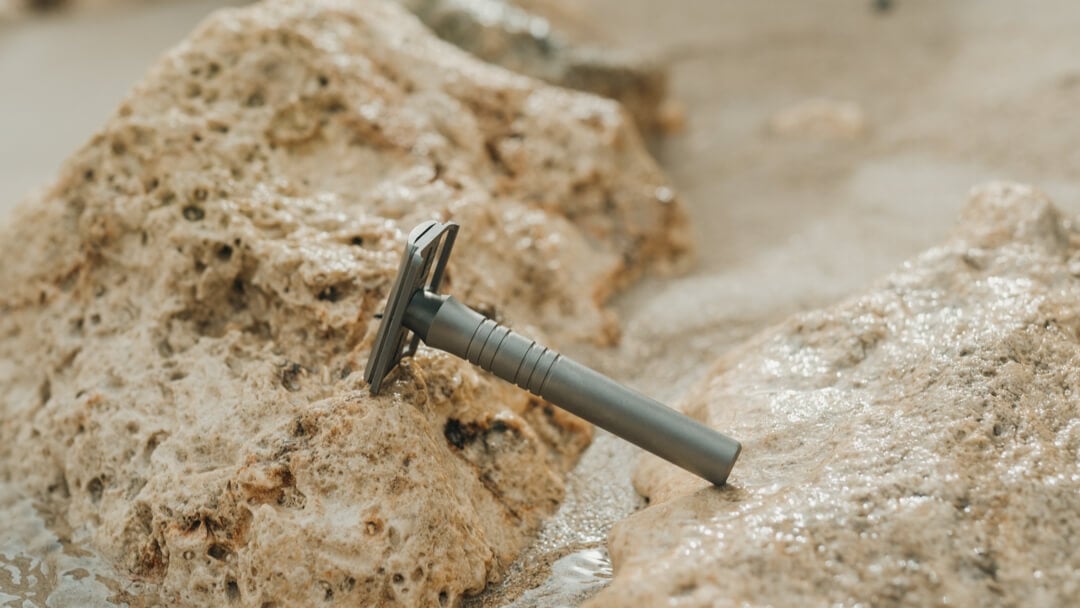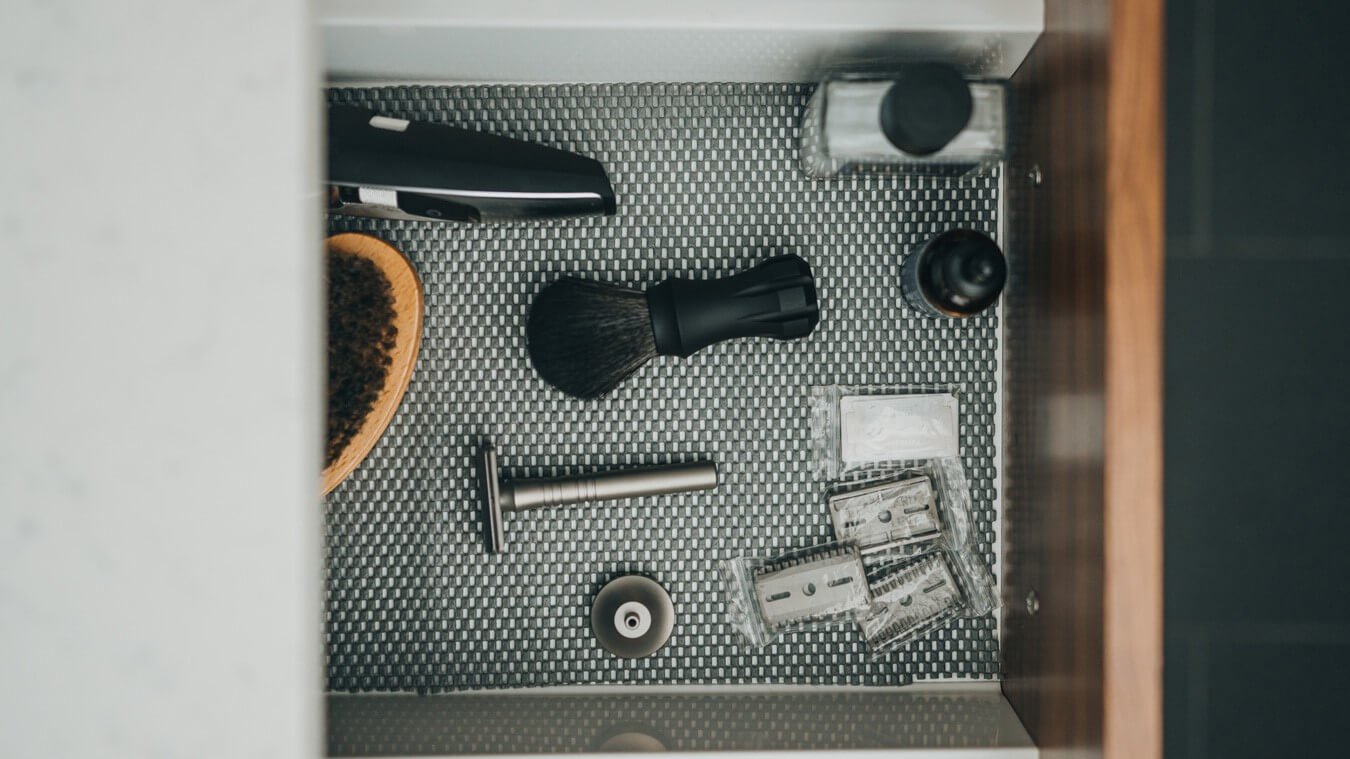The age-old debate of safety razor vs. straight razor still lingers around in the wet shaving community, and we thought that it would be beneficial to highlight the pros and cons of each razor, why each one has their place, and help you decide which one is best for you.
The Straight Razor
Before Gillette invented the safety razor in the early 1900's, the only razor that was in circulation was the straight razor, or "cut-throat razor." Essentially a knife blade, a true straight razor is a single sharpened piece of metal that more closely resembles a pocket knife than any other shaver on the market.
The straight razor offers an incredibly close shave, however, you do need to take immense care and focus when using a straight razor because of its increased risk of injury, not to mention the consistent maintenance with a leather honing strop is required to keep the blade sharp.
Most of the straight razors in circulation today are incredibly well-made and sturdy tools that will last longer than you, as long as you take care of them with proper maintenance and semi-regular sharpening and honing.
However, using the razor has quite the learning curve, and there is a much higher chance of getting nicks and cuts from a straight razor.
Learning how to properly sharpen and hone the razor takes time and skill, as well, however it's worth it in the long run.
That all being said, the straight razor looks absolutely killer and you'll impress everyone with your sweet old-school setup.
The Safety Razor
The invention of the safety razor by Gillette in the early 20th century proved to be an immense success, as the increased safety and overall ease of use of the new invention made it an instant hit.
The double-edge safety razor's increased weight allows the tool to do most of the work for you; the learning curve is less harsh than that of the straight razor.
The baseplates on the razor enable it to glide across your skin with less risk of cutting and nicking in the process. Also, there is a significant decrease in the need for maintenance, as blades can simply be switched out when they get dull.
Bringing us to a downside: you have to consistently replace the blades in a safety razor. While in the long run they are pretty cheap (you can buy 100 blades for under $10), it may be a nuisance to some.
A great safety razor may not have the same charm as a straight razor, however a high-quality shaver will last damn near 100 years as long as you take proper care of it, and is a great gift to any burgeoning wet shaver.
Check out our unbeatable safety razors here.






